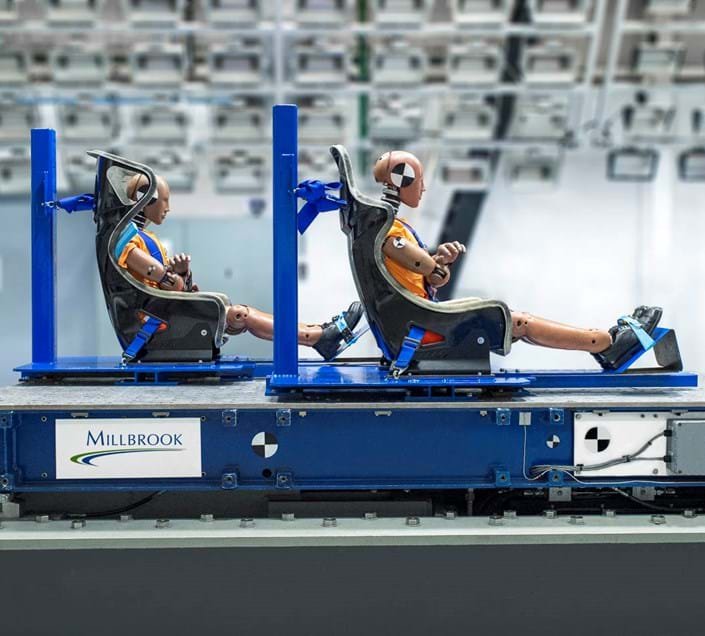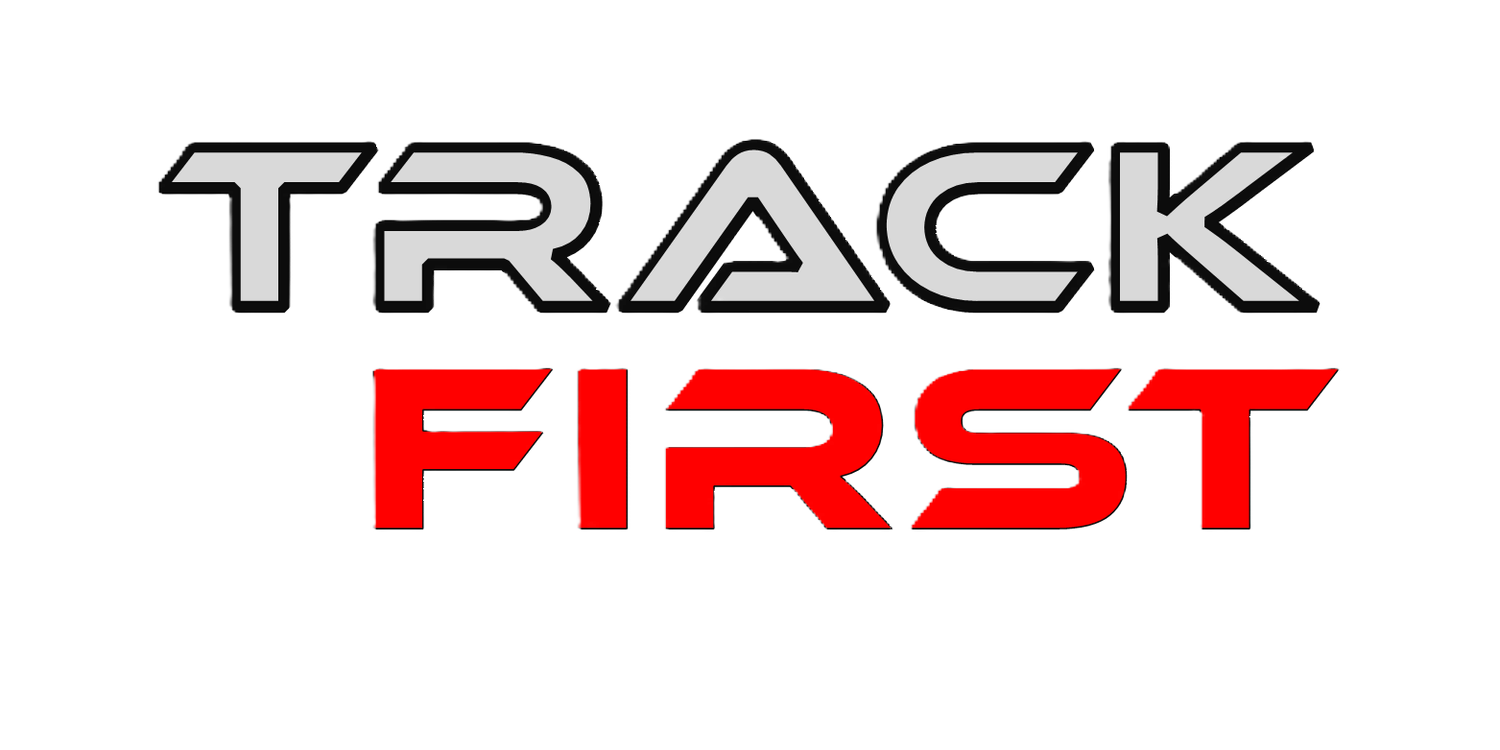
Currently there are three FIA seat standards
FIA 8855-1999; FIA 8855-2021; FIA 8862-2009
FIA 8855-1999
All FIA approved seats have been subject to multiple, rigorous tests that primarily test the survival of their structure after significant G-load impacts. FIA 8855-1999 homologated seats have successfully survived impacts up to 15-20 G-forces. This is the FIA’s lowest standard for auto racing seats, and the most commonly used. The homologation is for five years, yet the life of the seat can be extended with the attachment of a back brace that it connected to a roll cage. Before going to the track you should always check the rules of that group. Racing series that are FIA sanctioned will not accept this category of seats.
Note, the new FIA 8855-2021 homologation (see below) demands the seat must survive impacts up to 42G - check your series rules. However, 8855-1999 may never disappear since the FIA recognizes that some older vehicle interiors cannot accept these seats.
We recommend purchasing FIA 8855-2021 seats for their additional strength, plus these seats have a 10 year life AND protect your seat investment against any future sanctioning body changes to their regulations.
“The aim of the standard is to provide objective performance requirements for a new generation of competition seats, which are considerably in excess of those of the FIA standard 8855-1999…
The standard will ensure improved strength & support during rear impacts together with more extensive support of the pelvis, shoulder & head during side impacts…”
https://www.fia.com/news/new-high-strength-cost-effective-seat-standard-set-improve-safety-across-motor-sport
To summarize
The seats will be issued with a 10 year tag.
How many G-forces can the seat withstand - we have read up to 42G.
FIA 8855-1999 standard is still a valid homologation. However, since 2021, groups technical regulations have been allowed to upgrade to the new standard and we suspect it will soon be universally required with competitive, sanctioned racing series.
The FIA 8855-1999 has not been withdrawn and may not be, since the FIA along with other domestic governing bodies are aware that the demands of this new standard means it is not possible to mandate them for every competition race car model.
The NEW FIA 8855-2021 is orchestrated to significantly improve the safety standards of the popular FIA 8855-1999 homologated seats - the seat that is commonly placed in most closed-cockpit, non-professional, track day cars. The standard brings the homologation requirements 60% closer to the strength and safety demands of the professional FIA 8862-2099 seat homologation, but at 15% of the cost. Although the new standard emphasizes increased strength and support, the R&D research optimized the latest technology, materials and manufacturing processes to make this standard cost-effective and affordable for teams and competitors, with a minimal weight increase.
FIA 8862-2009
“The aim of this standard is to provide objective performance requirements for advanced racing seats, which are considerably in excess of those of FIA 8855-1999. The standard will ensure improved strength and support during rear impacts together with more extensive support to the pelvis, shoulder and head during side impacts….
…The seat-brackets shall be approved as part of the seat system. The seat-brackets must, therefore, be able to carry the loads prescribed by this standard without excessive deformation.” FIA
To summarize
FIA 8862-2009 is the advanced standard for racing seats are mandated by most professional racing series including Rally, Circuit and Hill Climbs.
The requirements for homologation are well in excess of FIA 8855-1999. It demands improved strength throughout and the seat must survive forces up to 70Gs.
Rigorous load tests are applied laterally, rearward and there is a crunch test.
Halos (side head restraints) are tested - which they are not in FIA 8855-1999
The seats are tested with their mounts, so the mounts become seat-specific.
For FIA 8862-2009 the fire protection standard is increased (75mm/min under ISO 3795)
The standard requires the manufacturer to use stiff, energy absorbing foam in the head, shoulder and pelvis areas.
The seats will be issued with a 10 year tag.



